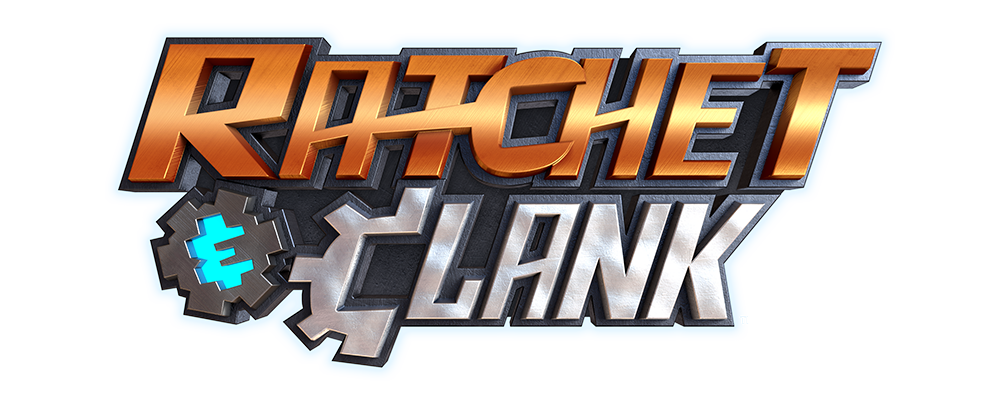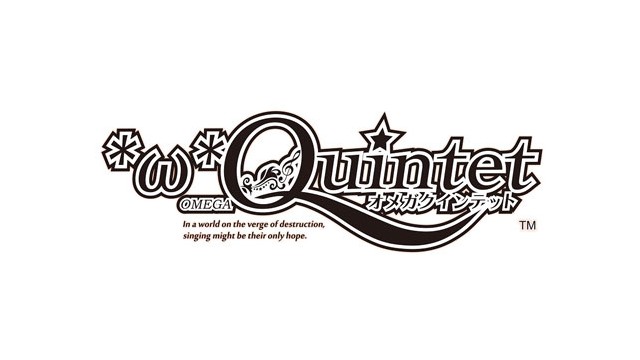- Genre: Action/Platformer
- Platform: PS4
As it turns out, the game based on the movie based on the game is still as good as it was on the PS2. As it also turns out, you can retcon an origin story without actually retconning an origin story. Basically, Insomniac has pulled a rabbit out of a hat.
So, yes, this is technically a game I’ve played before. Saying I’m a Ratchet and Clank fan would be a bit of an understatement. I’ve effectively played through all the games, including Secret Agent Clank, Size Matters, and the slightly unusual side games on the PS3. I came into this one not really sure what to think. On the one hand, it brings the origin story into a more modern time, with the things that Insomniac has learned in the past 15 years. On the other, I came in knowing that they were going to be retconning a significant amount of the origin story of what is now a 10+ game combined story. I’d be lying if I said I wasn’t a bit suspicious of the thing as a whole.
So, let’s get this out of the way. If you’ve never played a Ratchet game before, this is a damn good starting point. If you have played a Ratchet game before, this is a damn good restarting point. In some ways, this game really is an all star combination of the best of the past titles. The weapons and upgrade system tied to it are heavily influenced by the later titles in the series, with standard blasters like the Combuster to the absurd like the Sheepinator to the explosively fun like the RYNO. The levels themselves are also show a bit of a mix. There are some that are reimaginings of original game levels, and some created new for this game. Overall, it hits a lot of the highlights from the original, while swapping in some newer, better designs for some of the repetitive elements that would no longer work as well. And holy shit it was so nice immediately turning on the strafe controls right at the start.
So now, about that story. I’m going to avoid spoilers here, but they explain away the retcon of the origin in a way that absolutely makes sense for this series. From the opening cutscene, long time players of the series will be in on the gag, and appreciate the in-jokes that pop up to explain the differences between the original and remakes, while new players don’t even have to care that the original existed. The end of the game also leaves an opening to explain how we arrive at one of the later titles in the series. The trademark Ratchet humor exists throughout the game, and from what they’ve shown of pre-rendered cutscenes in the game, should also translate very well to the movie theater. Is it kind of weird to see the changes? Sure. Is it very Ratchet and Clank? Yes.
I guess I don’t really have much negative to say here though, which is slightly rare. There’s a handful of weapons I didn’t really use, but that’s mostly because the ones I did use were never really running out of ammo. There were a handful of areas where there was probably a bit too much collecting, but nothing that got in the way. The difficulty on normal was too easy, and moving up too hard provided a nice challenge, but had sort of strange power spikes depending on my upgrade path, but again didn’t provide any negative blocker. Overall this just continued the Ratchet and Clank mainline series history of being at worst a really damn good game.
So, I dunno, go out and buy it I guess! 😀


